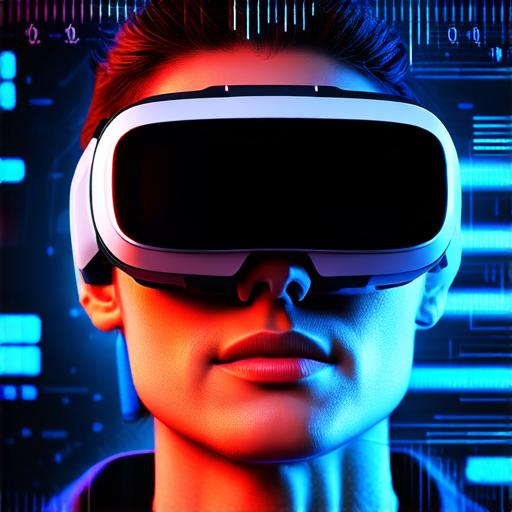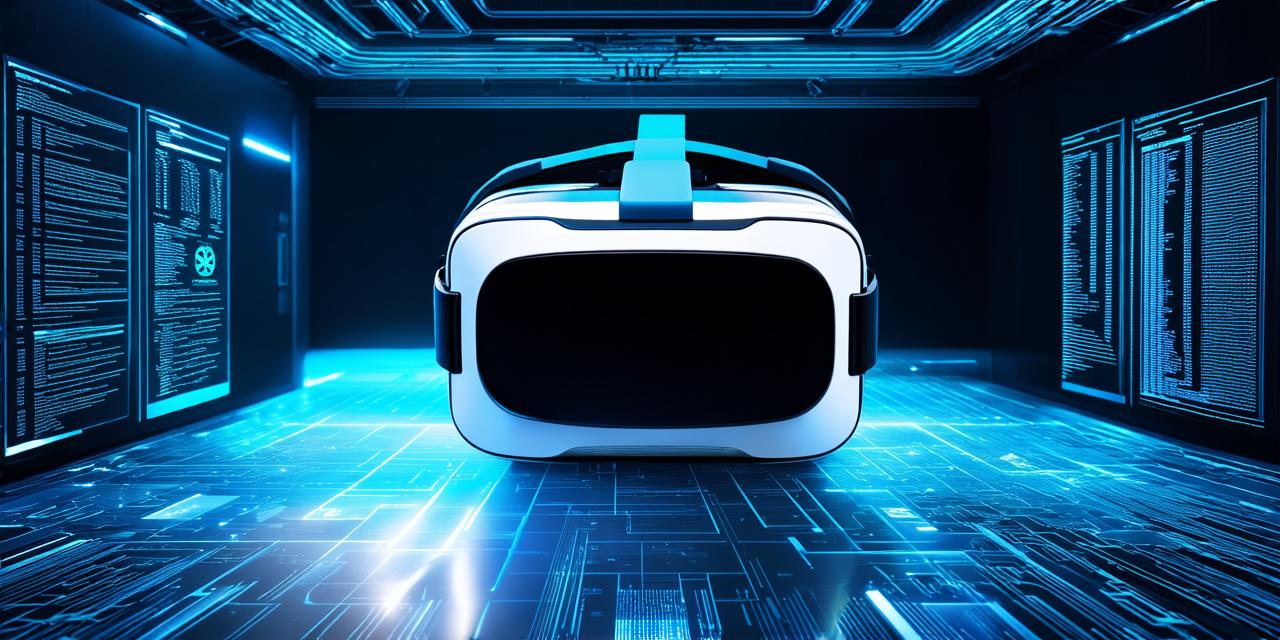Virtual reality (VR) is a rapidly growing technology that has the potential to revolutionize many industries, including healthcare. VR is a computer-generated simulation that immerses users in a virtual environment, allowing them to interact with and manipulate objects in ways that would be impossible in real life.
In healthcare, VR can be used for a variety of purposes, including medical training, patient education, and therapy.
Medical Training:
One of the most promising applications of VR in healthcare is in medical training. VR simulations can provide doctors and nurses with realistic, hands-on training experiences that are difficult or impossible to replicate in real life. For example, a surgeon could use VR to practice a complex procedure, such as performing a brain surgery, without risking the life of a patient.
Similarly, a nurse could use VR to practice administering medication or performing a physical examination on a virtual patient. These simulations can help doctors and nurses develop their skills and confidence, leading to better patient outcomes.
Patient Education:

Another way that VR can be used in healthcare is for patient education. VR can provide patients with an immersive, interactive experience that can help them understand their condition and treatment options.
For example, a patient with a chronic illness could use VR to learn about the causes of their illness and how to manage it. Similarly, a patient who is about to undergo surgery could use VR to learn about the procedure and what to expect during and after the operation. These experiences can help patients feel more informed and empowered, leading to better health outcomes.
Therapy:
VR can also be used as a tool for therapy. For example, VR can be used to treat anxiety disorders, such as phobias and PTSD. By exposing patients to virtual environments that trigger their anxiety, therapists can help patients learn coping strategies and gradually overcome their fears.
Similarly, VR can be used to treat chronic pain by providing patients with an immersive distraction from their pain. These applications of VR in therapy have shown promising results and are being studied further.
Conclusion:
Virtual reality has the potential to revolutionize healthcare by providing doctors and nurses with realistic training experiences, educating patients about their condition and treatment options, and serving as a tool for therapy. As VR technology continues to advance, its use in healthcare is likely to expand, leading to better patient outcomes and improved healthcare delivery.
